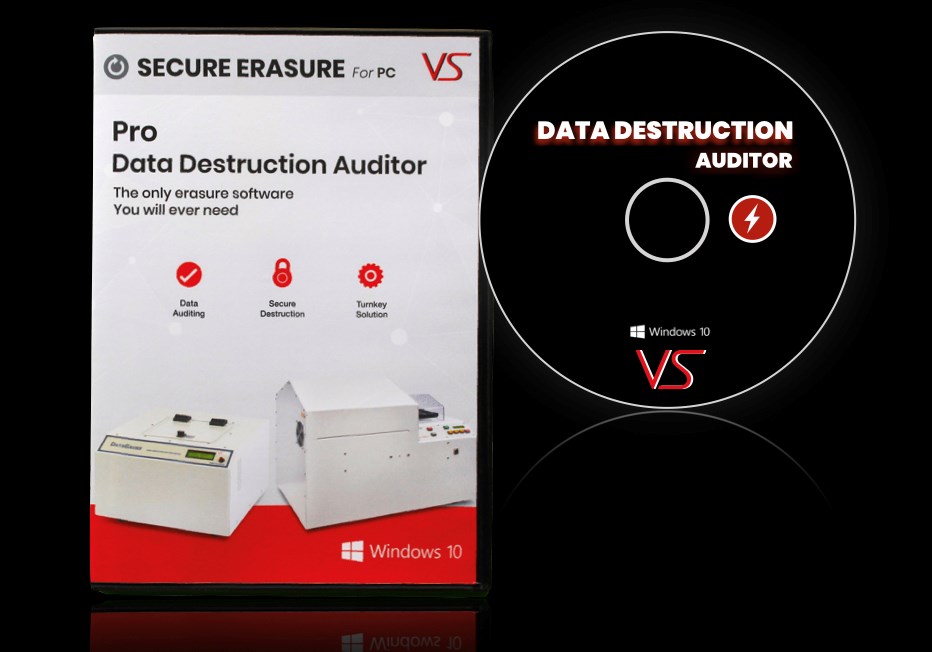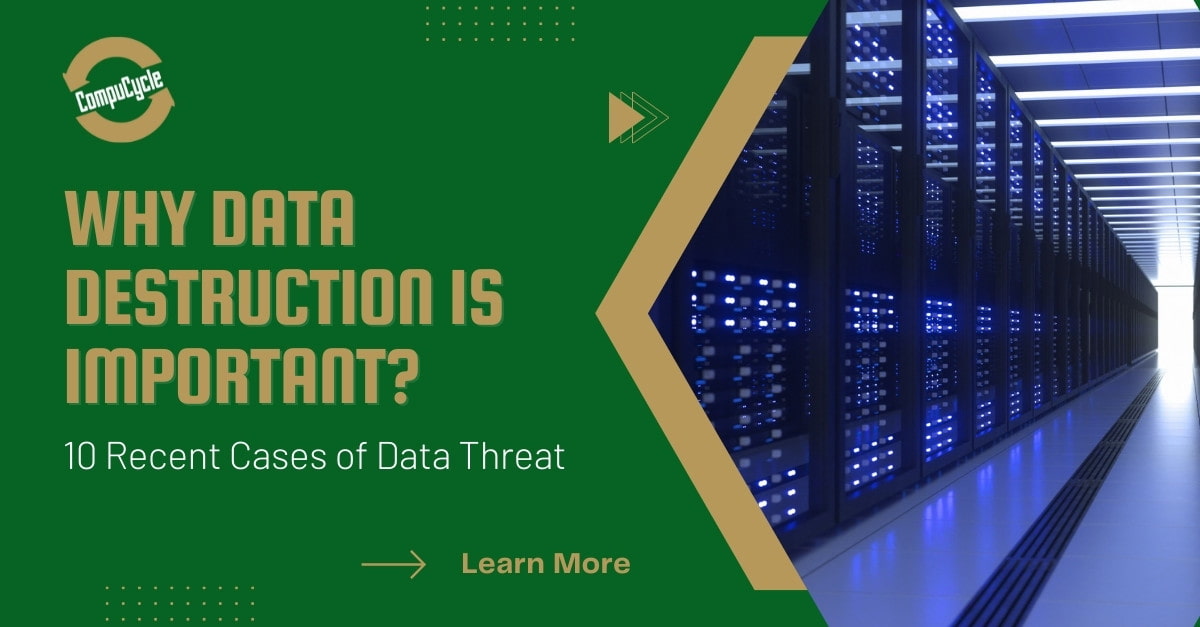The Relevance of Effective Information Destruction Practices in Safeguarding Sensitive Info and Ensuring Computer System Protection
In a period where information breaches are significantly typical, the significance of efficient data devastation methods can not be overstated. Carrying out robust information damage approaches not only mitigates these dangers but additionally lines up with lawful compliance needs, making sure that organizations maintain their reputation and foster customer trust.
Recognizing Data Devastation
Comprehending information destruction is critical in today's digital landscape, where delicate information can quickly be endangered. Effective information devastation involves not simply making sure but erasing documents that information is irretrievable with detailed methods. This process is necessary for organizations that deal with personal customer information, copyright, or inner documents, as any type of violation can bring about extreme financial and reputational repercussions.
Information devastation incorporates various methods, including shredding physical media, degaussing magnetic storage space gadgets, and using software-based solutions that overwrite data several times. Each technique offers a details purpose and must align with the sensitivity of the info being disposed of. Physical devastation is frequently liked for difficult drives consisting of very confidential data, while software application techniques could be adequate for much less delicate info.
Additionally, adhering to industry standards and regulations, such as the General Data Protection Regulation (GDPR) or the Medical Insurance Portability and Responsibility Act (HIPAA), is essential for compliance and to minimize lawful threats. Organizations needs to create a durable data damage policy, train workers on finest methods, and on a regular basis investigate their treatments to make certain that all sensitive information is disposed of securely and efficiently.
Dangers of Inadequate Practices
Poor information destruction techniques reveal companies to considerable dangers that can have significant repercussions. When delicate details is not appropriately taken care of, it remains prone to unapproved gain access to, which can lead to information violations and identity burglary. Such incidents not just compromise the safety of people however additionally tarnish the company's reputation, leading to a loss of consumer count on and possible economic repercussions.
In addition, regulatory conformity is significantly strict in several industries. Failure to abide by data damage laws can result in hefty fines and lawsuits against companies. These fines can draw away and stress financial resources interest from core service procedures.
Additionally, the misuse of residual data can cause intellectual home burglary or company reconnaissance, jeopardizing competitive advantages (data destruction). The impact of insufficient data damage expands past prompt financial losses; it can also result in long-lasting damages to brand integrity and market setting

Organizations have to recognize that data security is not entirely regarding protecting against violations; it also encompasses the accountable management of information throughout its lifecycle. Overlooking reliable data devastation protocols can have catastrophic implications, highlighting the necessity for robust actions to reduce these dangers.
Finest Practices for Data Destruction
Implementing effective data damage practices is important for securing sensitive info and maintaining conformity with governing standards. Organizations should adopt a multi-faceted technique to make sure that data is irretrievable, thus avoiding unauthorized access and potential violations.
First, information should be classified based upon sensitivity, allowing organizations to use ideal damage techniques customized to the degree of threat. For electronic data, making use of software-based data-wiping tools that comply with market standards can properly overwrite existing data. Physical devastation techniques, such as shredding or degaussing, are crucial for tools that store delicate information, making certain total obliteration.
Establishing a clear browse around this site information retention policy is crucial, detailing how much time various sorts of details should be maintained before damage. Regular audits of data storage space systems are also needed to identify out-of-date or unneeded information needing elimination.
Furthermore, training workers on the relevance of information devastation and the particular methods to follow fosters a society of security within the organization. Ultimately, maintaining paperwork of information destruction processes offers liability and supports compliance with exterior he has a good point regulations and internal policies. By adhering to these best practices, organizations can substantially alleviate the threats linked with information direct exposure.
Legal and Conformity Factors To Consider

Failing to follow these laws can lead to extreme penalties, consisting of substantial fines and reputational damages. Organizations has to execute a durable data damage plan that aligns with these lawful frameworks and offers clear standards on the correct methods of information disposal, whether physical shredding or electronic cleaning.
Moreover, preserving paperwork of information destruction tasks is important for demonstrating compliance throughout audits or examinations. By focusing on lawful and conformity factors to consider, organizations can enhance Website their data security position and foster count on with customers and stakeholders, eventually adding to a much more safe information monitoring atmosphere.
Advantages of Effective Information Damage
Efficient data destruction practices extend beyond mere conformity; they supply substantial benefits to companies that prioritize them. By making sure that delicate info is irretrievably ruined, organizations mitigate the risk of information violations and the prospective monetary repercussions associated with them. This proactive approach not only safeguards versus unapproved gain access to however likewise enhances the overall trustworthiness of the company in the eyes of customers and stakeholders.
Executing robust data devastation approaches, such as physical damage of storage tools or advanced data cleaning strategies, adds to the strengthening of a company's cybersecurity pose. data destruction. It decreases the likelihood of intellectual residential property theft and shields exclusive information, therefore preserving a competitive side out there

Conclusion
In final thought, efficient information devastation techniques are important for securing delicate details and boosting total computer system safety. By carrying out thorough approaches such as degaussing, shredding, and software application overwriting, companies can alleviate the dangers related to unapproved gain access to and data breaches. Adherence to regulative requirements, including GDPR and HIPAA, additional reinforces compliance and protects versus lawful consequences. Eventually, a commitment to robust data devastation approaches cultivates a society of duty, therefore reinforcing a company's cybersecurity stance and keeping customer depend on.
